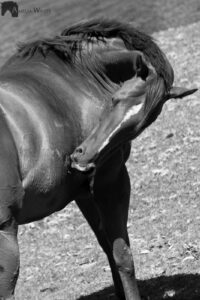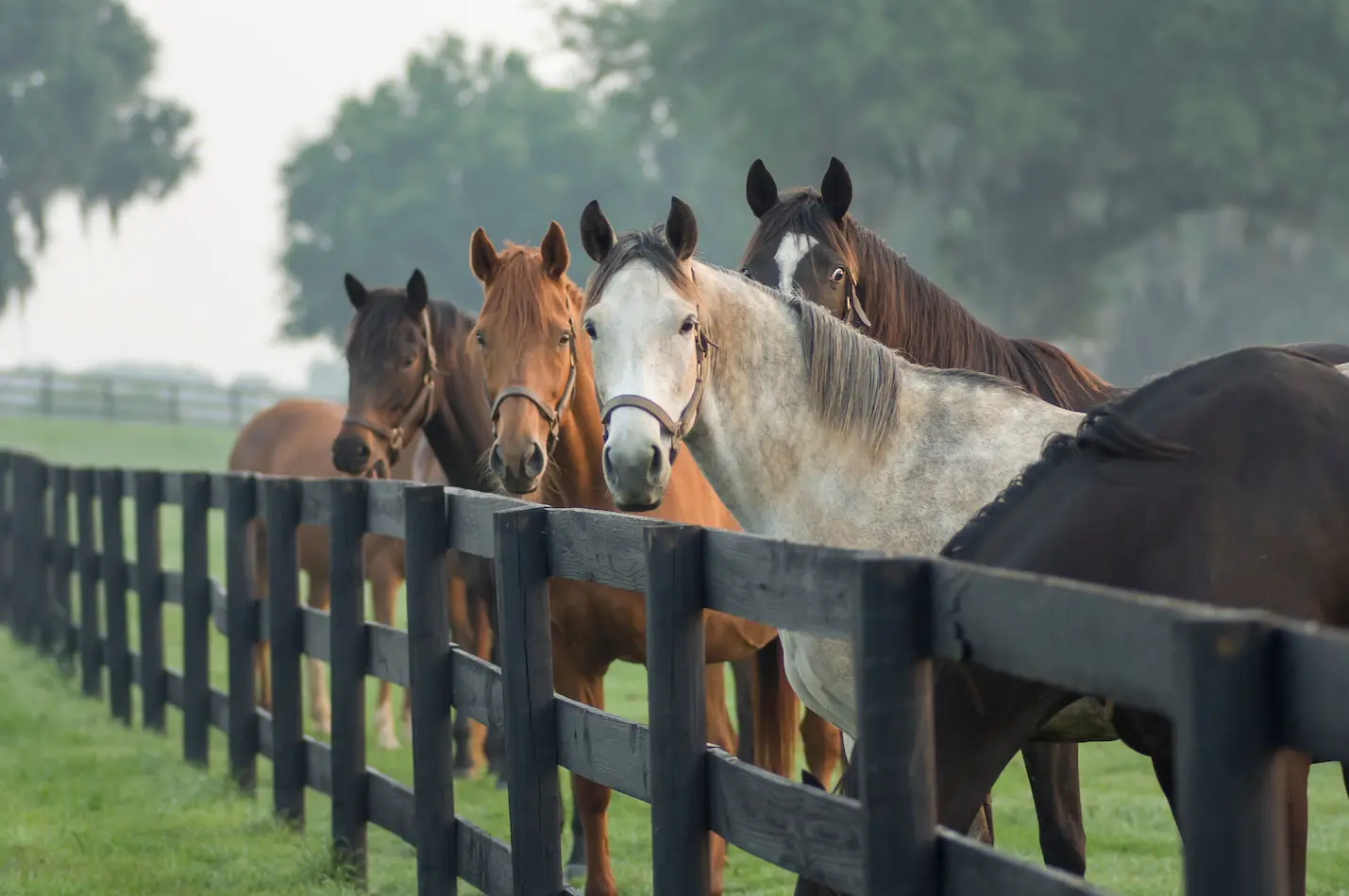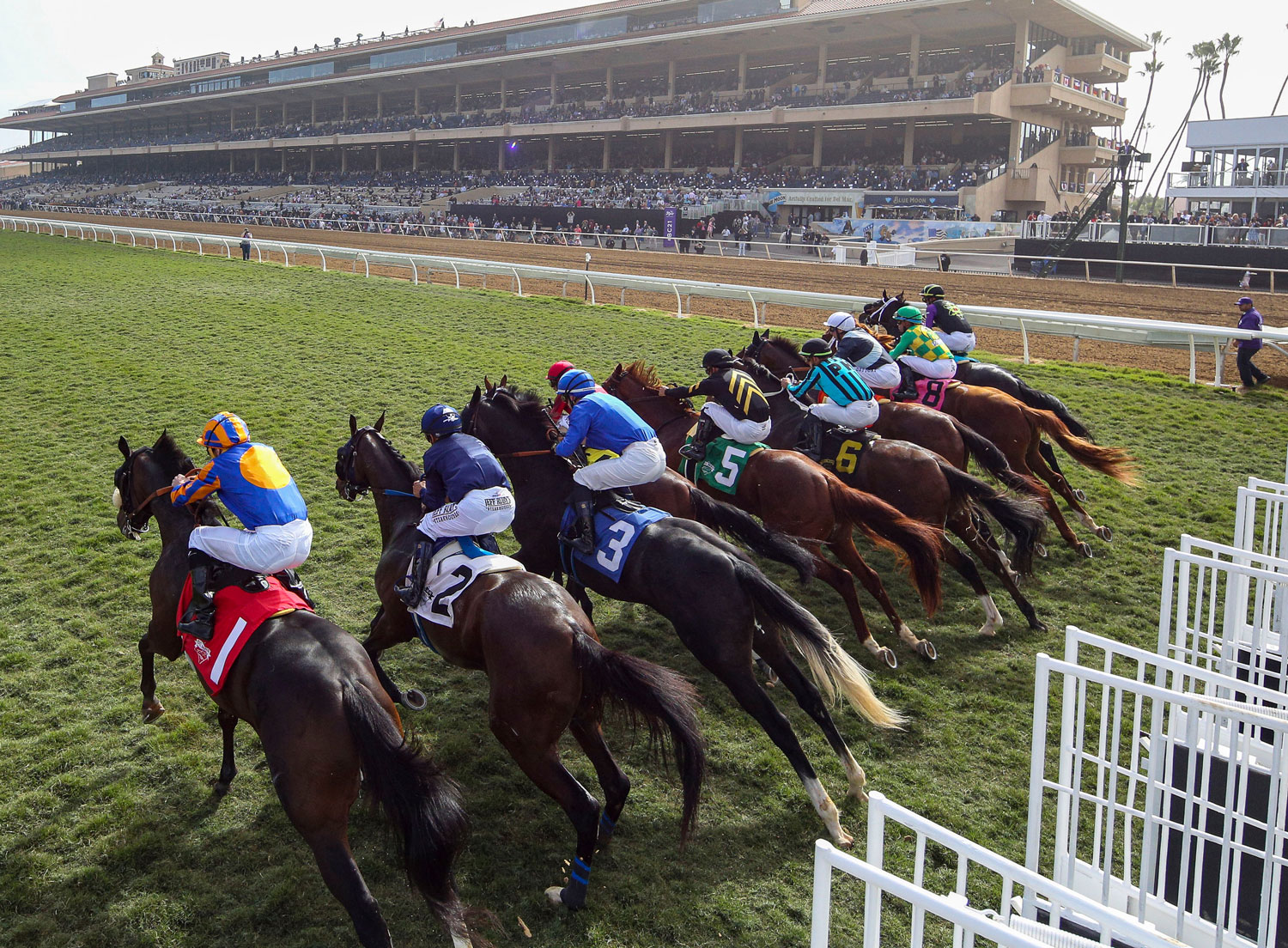
Many horse people operate under the assumption that there are really only two conditions that affect the health of the equine gut: gastric ulcers in the stomach and
colic in the hindgut. The truth is that colic is just one among many conditions commonly affecting hindgi tract health in horses. And colic may actually be a final stage of poor hindgi tract health that has already been brewing.
A horse that has colicked is likely suffering from less than optimal hindgi tract health that still needs to be resolved even after the colic episode has ended. Alternatively, just because a horse has never colicked doesn’t mean it isn’t suffering from another hindgut problem.
Here are some other conditions that commonly affect the equine hindgut that can negatively impact behavior and performance as well as overall health.
Hindgut Acidosis Affects the Equine Hindgut
The equine hindgut is home to a diverse population of bacteria, protozoa, and other microorganisms. These beneficial microbes are responsible for breaking down fibrous food (ie, forage such as grass, hay, and beet pulp) to produce valuable nutrients that can be absorbed through the hindgut. This is the process of fermentation, and it can provide up to 70% of a horse’s energy requirements.
This healthy population of microbes can be disrupted easily. Undigested sugars and starches reaching the hindgut (such as with diets that include grain-based feeds or rich spring grasses) cause the beneficial microbes to produce more lactic acid in the fermentation process. This raises the acidity, also known as lowering the pH, of the hindgut. This
state of increased acidity is called hindgut acidosis.
How hindgut acidosis affects the horse:
- Raised acidity can kill good bacteria, further disrupting the delicate balance of the hindgut
- Toxins (called endotoxins) released when beneficial bacteria die are known to be contributing factors to colonic ulcers, laminitis, and colic
- Reduces the hindgut’s ability to effectively absorb nutrients, and these nutrient deficiencies can contribute to lethargy, resistance, and poor overall health
- Discomfort from poor hindgi tract health can negatively impact a horse’s behavior and performance ability
Learn more about hindgut acidosis in horses.
Low-Grade Hindgut Inflammation
The same chain of events that causes hindgut acidosis may also lead to low-grade hindgut inflammation when the drop in pH is less significant. Even small amounts of undigested starch reaching the hindgut can lower its pH. While the change may not be severe enough to cause a true state of acidosis, it can still cause irritation and inflammation of the hindgut’s mucosal lining. This, in turn, makes it more difficult for the horse to absorb nutrients and contributes to ongoing discomfort that hurts a horse’s behavior and performance.
Ulceration of the Hindgut
For years it seemed that
gastric ulcers – or ulcers in a horse’s stomach – were the only GI tract ulcers anyone talked about. But in more recent years, veterinarians and researchers alike have grown increasingly aware of the presence and potential impact of
ulceration affecting the equine colon.
Our own peer-reviewed research,
Results of a large scale necroscopic study of equine colonic ulcers, published in the March 2005 issue of the
Journal of Equine Veterinary Science, demonstrated not only that colonic ulcers exist and are very real, but that the incidence among performance horses is significant. In a group of 365 horses, 45% were found to have colonic ulcers. In a group of 180 horses specifically identified as performance horses, 63% had colonic ulceration. In studies performed in subsequent years, we’ve found that these rates are steadily rising.
Potential triggers for
colonic ulcers include excessive use of non-steroidal anti-inflammatory drugs, or “NSAIDs”, such as Bute (phenylbutazone), parasites (which are still more common than many believe), and hindgut acidosis.
Here are some signs that may point to ulcers in the hindgut:
- changes in attitude
- poor appetite
- decreased performance and energy
- decline in body condition
- girthiness and sensitivity in the flank area
- unwillingness to work
Unfortunately many signs of hindgut ulceration are also consistent with
gastric ulcers or other health conditions unrelated to the GI tract. As a result, it is best to allow the veterinarian to determine what’s going on with your horse, using diagnostic tools like gastroscopy and the Equine Fecal Blood Test.
Learn more about equine colonic ulcers.
The Susceptible Equine Hindgut
These are a few of the most common problems affecting the equine hindgut – more prevalent than
colic and perhaps instigators of it in some cases. Other hindgut problems include parasites, right dorsal colitis, and protein losing enteropathy, to name just a few.
The equine hindgut is delicate and easily impacted particularly by how and what we feed. As such, it’s important to know the
factors that mean your horse could be at risk so you can evaluate your feed and management program and
provide digestive support.
Colic is the only condition that affects the equine hindgut = myth. Hindgut acidosis, low-grade inflammation, and ulceration are just a few of the many common conditions afflicting horses and their hindguts.
Photo, Creative Commons: AmeliaWhite1810
 Many horse people operate under the assumption that there are really only two conditions that affect the health of the equine gut: gastric ulcers in the stomach and colic in the hindgut. The truth is that colic is just one among many conditions commonly affecting hindgi tract health in horses. And colic may actually be a final stage of poor hindgi tract health that has already been brewing.
A horse that has colicked is likely suffering from less than optimal hindgi tract health that still needs to be resolved even after the colic episode has ended. Alternatively, just because a horse has never colicked doesn’t mean it isn’t suffering from another hindgut problem.
Here are some other conditions that commonly affect the equine hindgut that can negatively impact behavior and performance as well as overall health.
Many horse people operate under the assumption that there are really only two conditions that affect the health of the equine gut: gastric ulcers in the stomach and colic in the hindgut. The truth is that colic is just one among many conditions commonly affecting hindgi tract health in horses. And colic may actually be a final stage of poor hindgi tract health that has already been brewing.
A horse that has colicked is likely suffering from less than optimal hindgi tract health that still needs to be resolved even after the colic episode has ended. Alternatively, just because a horse has never colicked doesn’t mean it isn’t suffering from another hindgut problem.
Here are some other conditions that commonly affect the equine hindgut that can negatively impact behavior and performance as well as overall health.



